The Finkelstein lab is focused on understanding how our cells are able to stave off genomic instability and avoid
premature aging. Our highly interdisciplinary research program combines aspects of single-molecule biophysics, traditional biochemistry and
micro-/nano-scale engineering to directly observe the key biochemical steps of DNA
maintenance. We address fundamental questions regarding how cells coordinate
multi-protein assemblies on DNA, how these biochemical reactions occur on
a highly condensed DNA-protein substrate, and how defects in these
pathways lead to genomic instability.

DNA curtains: Arrays of surface-tethered DNA molecules assembled at micron-scale chromium barriers.
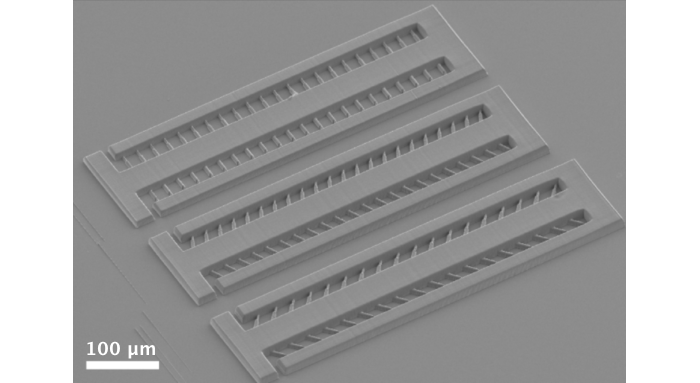
Micron-scale 3D-printed cell capture devices.

Fluorescent fission yeast cells expressing an RFP proteasome marker.

An optical image of 24 chromium barrier sets (from a total of 792)
that are deposited onto a flowcell.
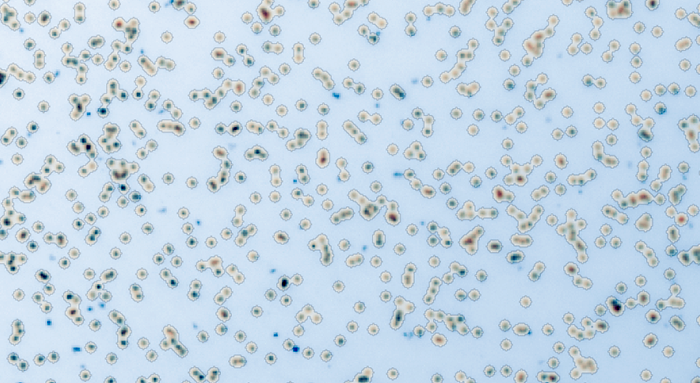
Merging next-gen sequencing and single-molecule imaging opens up new opportunities for
high-throughput studies of protein-DNA interactions.
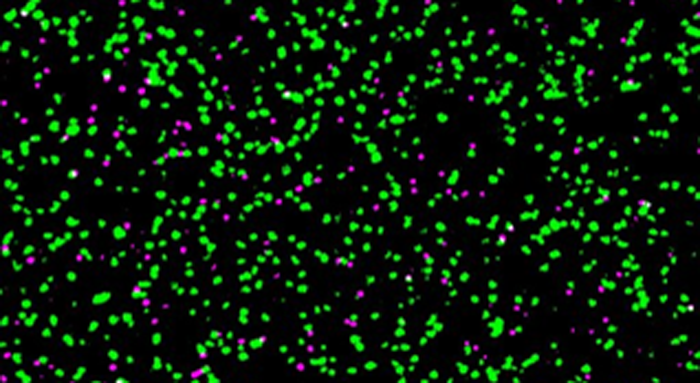
A protein (magenta) and a subset of fluorescent DNA sequences (green) on
a regenerated next-generation sequencing chip.

Illustration of a eukaryotic mismatch repair complex scanning DNA for errors.
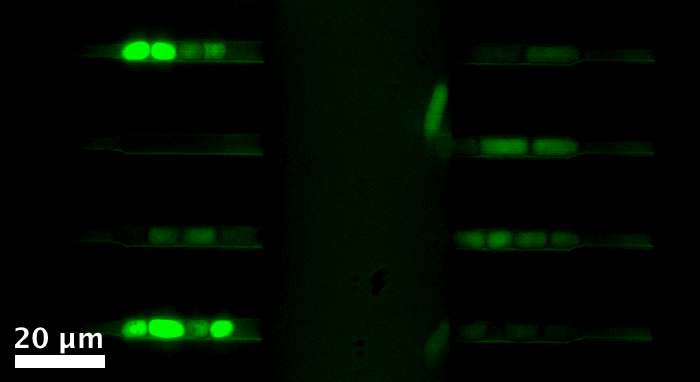
Watching the replicative lifespan of single fission yeast cells expressing a GFP reporter.
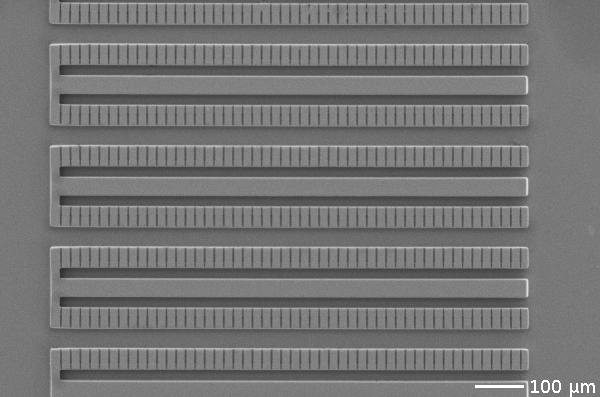
The Fission Yeast Lifespan Microdissector (FYLM), a microfluidic device that captures and
immobilizes hundreds of individual cells for their entire lifespan.
WIE VIEL BITCOIN BESITZT FIDELITY?









